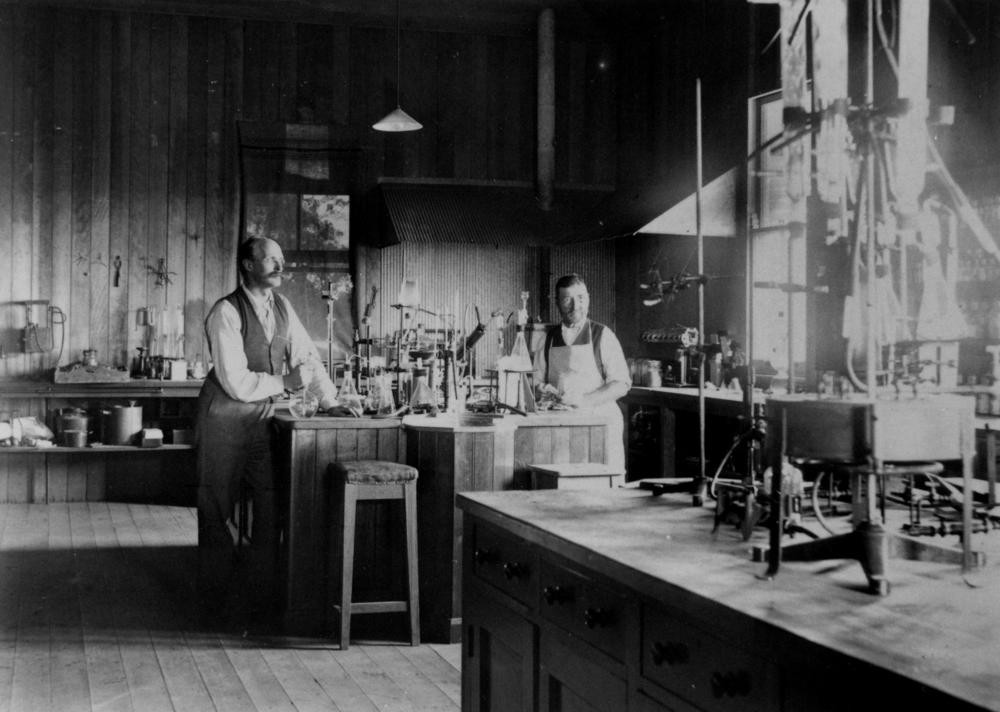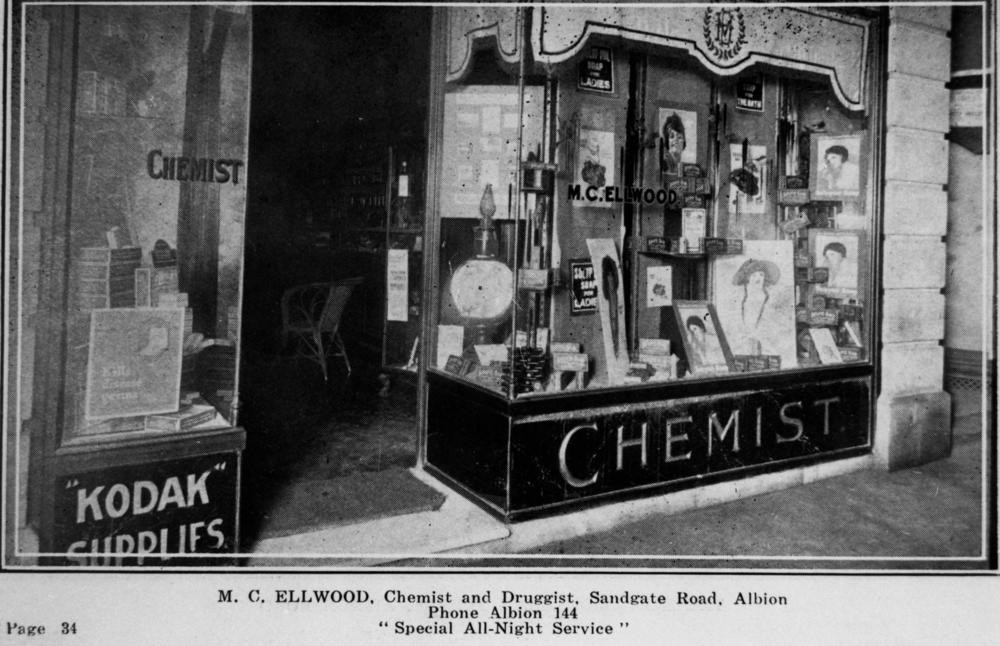If you’ve ever wondered what goes into the wide array of products and chemical concoctions we use at home and work every day, you will be fascinated by The Chemical Formulary – an amazing collection of formulas for producing domestic and industrial products.
The Chemical Formulary’s title page describes it as “a condensed collection of valuable, timely, practical formulae for making thousands of products in all fields of industry.”
The first volume of this work, published in the US in 1933, was designed to provide information for chemists and allied workers to save them time and effort. Harry Bennett, the work’s editor, made it clear that the formulas are best used as a starting point for solving problems, and are most appropriately used by chemists or technical workers familiar with a specific field, rather than “the layman”.

The work includes formulas for adhesives, paints, coatings, polishes, metal treatments, cleaners, inks, plastics, cosmetics, foods, drinks and flavours – to name just a few. Reading the formulas from early editions gives a fascinating insight into products and lifestyles throughout the decades. While it may no longer be legal or acceptable to make your own fireworks and explosives, or concoct turtle oil cream for your face, other treatments, such as cleaners and polishes remain useful and relevant. For the “layman”, the idea of making your own bubble gum scented toilet solution may be a bit much, but there are a number of basic preparations and explanations that may be of interest. There are also many basic recipes for things such as breads and cakes, and fascinating accounts of how various foods are made. The first volume, for example, explains the processes behind the manufacture of many cheese varieties, including Camembert, Cheshire, Gorgonzola, Parmesan and Stilton. There are also some formulas that may seem novel to readers today, such as dog attack repellent aerosol or freckle removers.

The various editions draw on the expertise of an Editorial Board composed of chemists and engineers from many industries. Information has also been obtained from publications, laboratories, manufacturers and individuals to cover the wide range of fields dealt with in the books. The costs and safety of various ingredients are also discussed.
Continuing until volume 34 in 1997, the later volumes are not merely duplicates or revisions of earlier ones, but are completely new works providing further formulas and more detailed information about processes and principles.
The Chemical Formulary is available in hard copy in State Library of Queensland’s reference collection, and is also available online, accessible through our One Search catalogue. This interesting resource provides valuable insight into the development of chemical products since 1933 and the complexity of the composition of goods we use unthinkingly on a daily basis.
Comments
Your email address will not be published.
We welcome relevant, respectful comments.